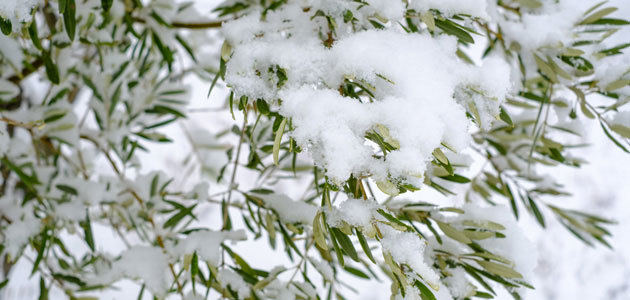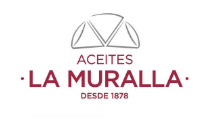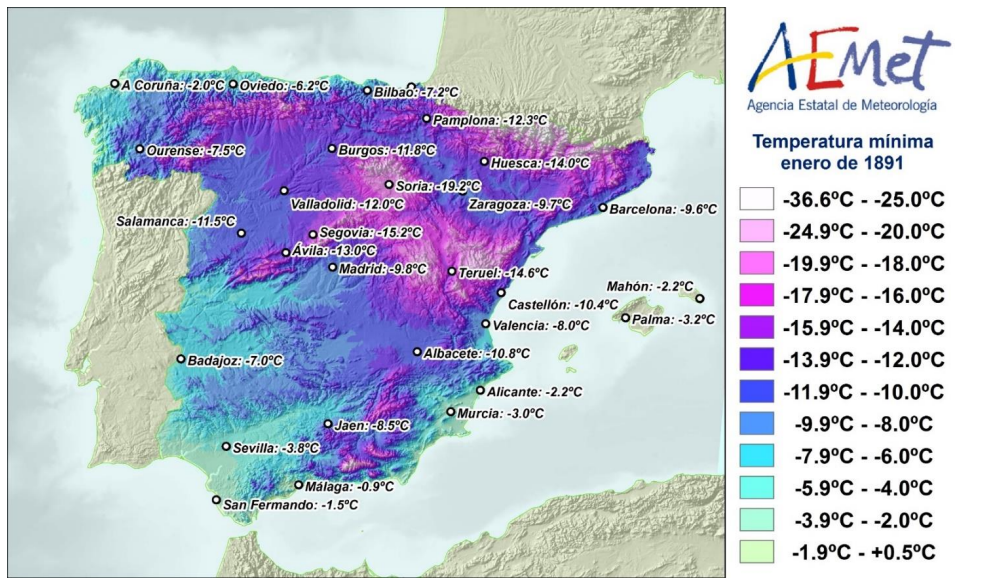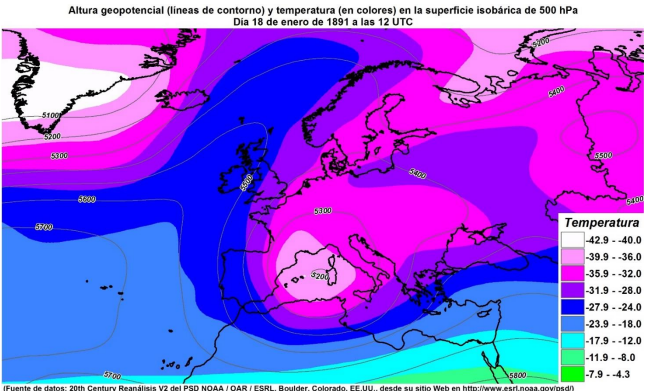
The winter of record low temperatures that wiped out crops
The year was 1890 and Aceites La Muralla had been producing extra virgin olive oil for more than 70 years and distributing it under the Cortijo La Muralla brand for 12 years. That year, a great wave of extreme cold devastated practically all the olive groves in Spain. In the middle of the 20th century, 60 years later, all the unprecedented events that took place that winter were still echoing in our memories.
We have found some very interesting documents that reflect what was said in the Sierras Subbéticas, specifically in the Nacimiento de Zambra, where the historic Cortijo La Muralla was located. These stories transcended generation after generation until they reached the ears of Manuel Villén, current manager of Aceites La Muralla. That winter had a great impact on the European population, which had to adapt for three months to minimum temperatures for which it was not prepared.
Between November 26, 1890 and January 23, 1891, temperatures dropped to levels not experienced since 1829.
It would not be until 1956 that similar and even lower minimums would be repeated, but without such an extended duration.
Rivers and beaches froze. Lakes were skating rinks. There were many deaths. As in all catastrophes, the surprise factor and the lack of foresight were decisive in making the situation even more dramatic.
The day laborers working at Cortijo La Muralla already had a new reference as "the coldest winter ever". With practically no use of the mill, they cut the olive trees down to the base, a way of "healing" them so that they could begin to recover the following spring. All the firewood they cut was used to heat houses, public buildings and stables, since the loss of livestock could not be tolerated.
In later years, when the thermometers of the time began to drop, it was feared that the same situation would occur again. Everything pointed to the fact that it had been an unusual winter, but? But what if the situation was cyclical, as happened during the Little Ice Age? Was the economy of the Subbética region prepared to do without the production of extra virgin olive oil for another year, being its most prized product and on which so many families lived?
The cold caused havoc in the harvest, but as in all catastrophes, it was overcome with the means and alternatives of the time and it was possible to recover for the following winter.
We do not have data on the real losses in terms of harvest, but what has come down to us is that it was a disastrous harvest in which practically all the oil production was lost.

Fuente: Mercacei
What minimum temperature is an olive tree able to withstand and for how long?
Olive trees can withstand temperatures of around -10 to -12 degrees Celsius for short periods without serious damage. However, more intense frosts can cause damage even at higher temperatures. Centennial olive trees, having a well-developed root system, may have greater resistance to cold compared to younger trees.
It is estimated that a centennial olive tree can withstand freezing temperatures for less than a week and still emit part of its crop. In the case of alternating sub-zero minimums and above-zero maximums during the day, survival of the tree is also possible. The problem is, as in the winter of 1891, that temperatures do not exceed 0 degrees for a prolonged period of time. After this time, the branches suffer, as they are the weakest and least circulating part of the olive tree, so they will freeze earlier and this will damage the fruit, which will end up frozen. To understand it better, it would be something similar to what would happen to the extremities of a human body in the face of continuous exposure to such hostile temperatures.
As we mentioned before, in a situation like this we have to go to the healing of the olive tree, cutting all the branches and the upper part of the trunk, which are the areas farthest from the roots and that will be more damaged. In this way, it will be able to begin to generate new branches as soon as the cold weather passes, coinciding with spring.
En un invierno habitual, con heladas nocturnas y temperaturas sobre cero durante el día, algunas aceitunas se hielan y quedan arrugadas. La calidad del aceite que se extrae de aceitunas heladas merma considerablemente y aumenta la acidez del producto resultante. Por este motivo es tan importante una correcta selección del olivo que se va a recoger y realizar la recolección lo más tempranamente posible. En el invierno atípico que hemos mencionado, no se pudo aprovechar nada del fruto; la aceituna directamente se pudrió.
In a typical winter, with night frosts and temperatures above zero during the day, some olives freeze and become shriveled. The quality of the oil extracted from frozen olives decreases considerably and the acidity of the resulting product increases. This is why it is so important to select the olive tree to be harvested correctly and to harvest as early as possible. In the atypical winter mentioned above, none of the fruit could be used; the olives rotted.
And how did this winter affect the Sierras Subbéticas?
The Sierras Subbéticas, due to their location, orientation and altitude, have a lower temperature than the surrounding areas, generally flatter, as is the case of the Cordoba countryside.
The wind also favors this cooling in winter, as well as the shady areas in the mountains. All this influenced the loss of the extra virgin olive oil harvest in the Sierras Subbéticas in the winter of 1890-91.
Winter 1956: 32 degrees below zero.
The cold nightmare would be repeated 60 years later, with a tongue of icy cold coming directly from the Arctic. In this case it was only during the month of February, but it broke all temperature records in our country. Some contemporaries, still alive, also remember the ravages of that February, but even then their parents and/or grandparents compared it to the winter of the previous century (1890-91), which was a real maelstrom in their lives.
If you liked this post and its theme let us know, we are open to new suggestions!



